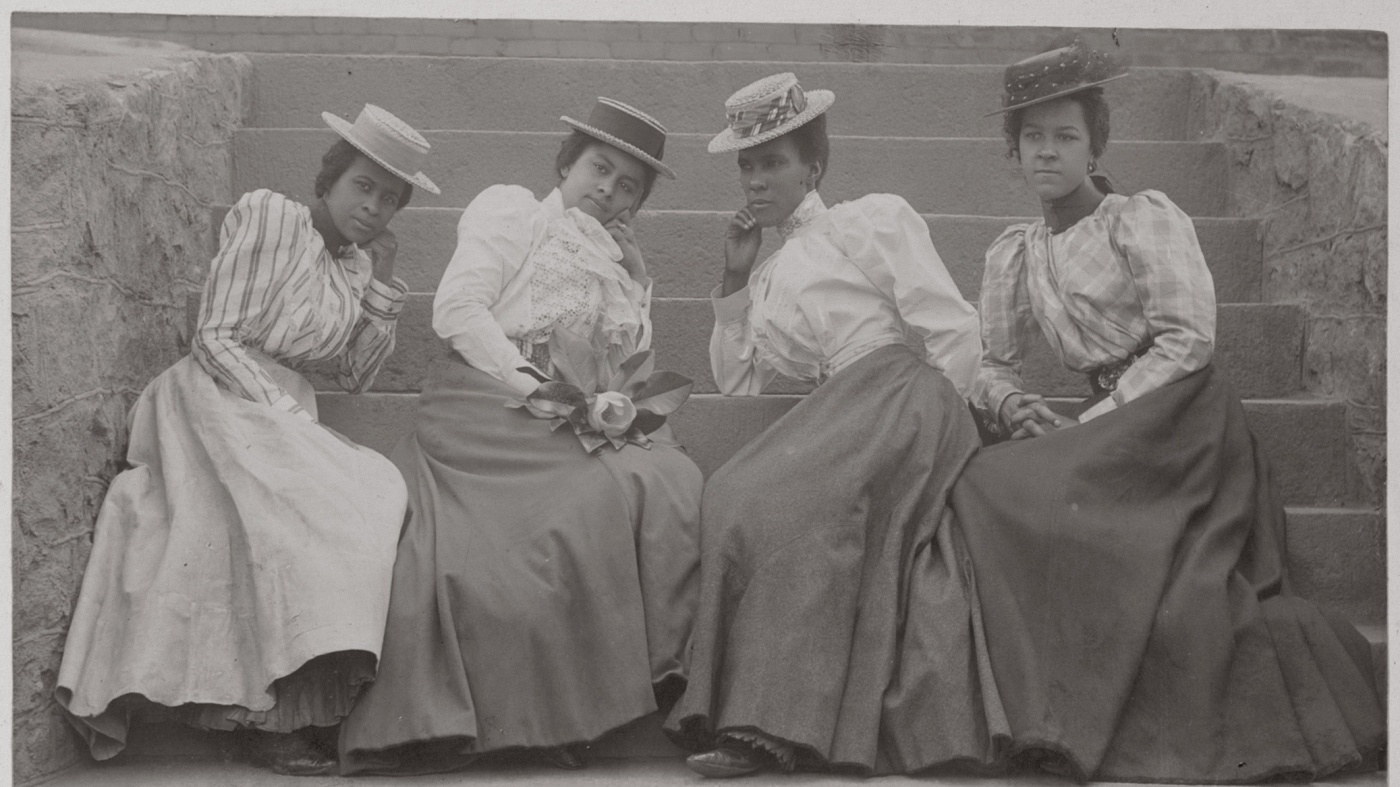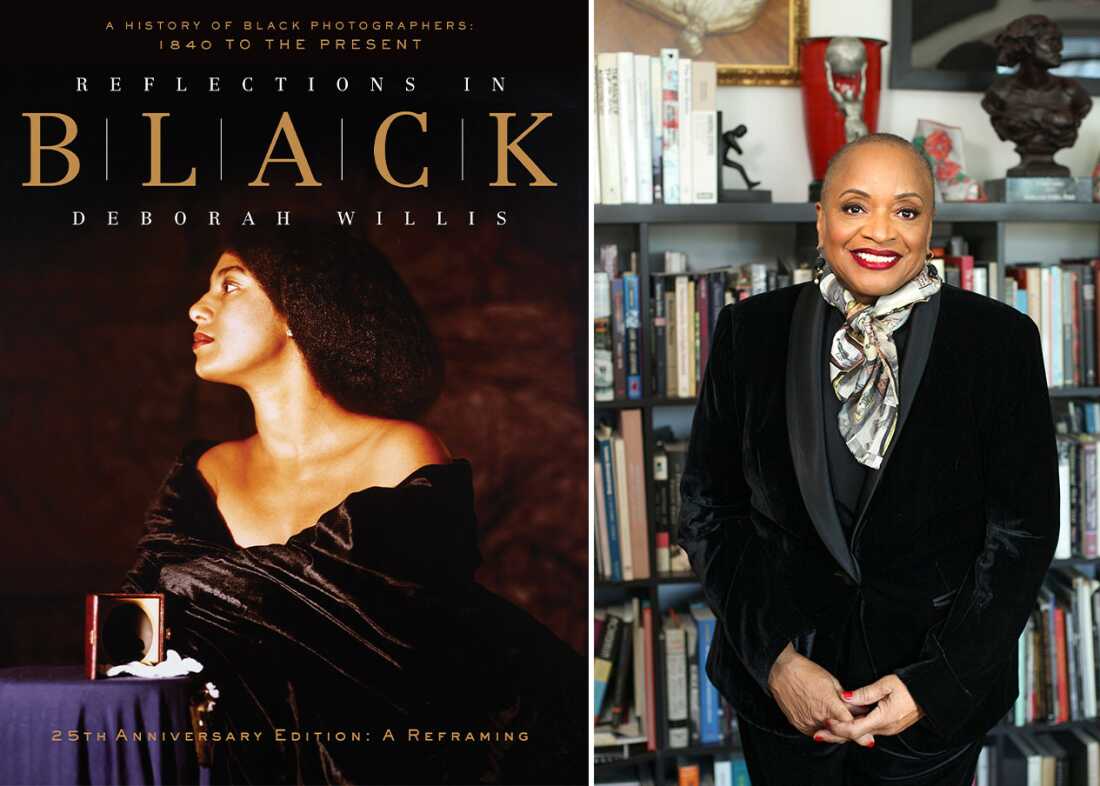Lifestyle
Street Style Look of the Week: Colorful Shoes

The sisters Rebecca Meskel, left, and Matilda Meskel laughed after I pointed out that they were both wearing vibrantly colored shoes when we met outside The Broken Arm, a clothing store in Paris, on a Saturday in February. As Matilda explained, it’s not everyday that either of them wears bright, poppy shoes. “It was a random choice and then we realized they looked like ketchup and mustard,” she said.
The sisters said they are from London and that Rebecca, 24, is studying law, while Matilda, 18, is studying fine art. They were having an afternoon coffee and tea and said they had plans to see “A Complete Unknown,” the Bob Dylan biopic, later that day.
Along with her tomato red ballet flats, Matilda was wearing a coat that belonged to their grandfather, a skirt that belonged to their grandmother and a sweater that belonged to their mother. Describing their style philosophies, Rebecca said hers was functional and that “Matilda is much more creative than me because she’s in the art field.”

Lifestyle
Kids are expensive. Do they have to be? : It’s Been a Minute

Lifestyle
Dubai Fair Doubles Attendance As Luxury Watchmakers Turn East

Lifestyle
‘Reflections in Black’ celebrates history of Black photography with expanded issue

Four African American women sit on the steps of a building at Atlanta University in Georgia in this 1890s photograph by Thomas E. Askew. The image is one of the hundreds included in Reflections in Black, written and edited by scholar and NYU professor Deborah Willis.
Library of Congress
hide caption
toggle caption
Library of Congress

Deborah Willis, professor and chair of the Department of Photography and Imaging at NYU’s Tisch School of the Arts, has released an updated anniversary edition of Reflections in Black: A History of Black Photographers, 1840 to the Present.
Willis: Laylah Amatullah Barrayn; Cover Image: Maud Sulter.
hide caption
toggle caption
Willis: Laylah Amatullah Barrayn; Cover Image: Maud Sulter.
For decades, Deborah Willis has dedicated her career to unearthing, cataloging and showcasing Black photographers and photographs of Black people. The MacArthur “Genius Award” winner is the author of a spectacular collection of books including the seminal Reflections in Black: A History of Black Photographers, 1840 to the Present.
Twenty-five years after its publication, a new edition of Reflections in Black is out with 130 new images and a gallery show inspired by the book. In the expansion of this book, Willis considered the effects of migration and the importance of images for people forced to leave home.
“The aspect of migration is a central way of me reading these images, today there are so many people who are from the diaspora that are photographers now,” she said. “When families had to leave home, with disaster today, what do you take with you now? Photographs are what people are taking.”
Morning Edition’s Michel Martin visited Willis at New York University’s Tisch School of the Arts, where she teaches and leads the photo department.
Here are four takeaways from their conversation.
1. Willis’ upbringing shaped her love for photography

An interior view of a tobacco and newspaper store photographed by Daniel Freeman around 1917, from Reflections in Black.
Estate of Dr. James K. Hill, Washington, D.C.
hide caption
toggle caption
Estate of Dr. James K. Hill, Washington, D.C.
Willis grew up in North Philadelphia, Pennsylvania, where her mother had a beauty shop and kept what Willis calls: “the Black color wheel of magazines.”
The publications included Ebony, Jet, and Tan and featured images that influenced her growing up. Her father, a policeman and tailor, was also an amateur photographer.
2. Reflections in Black started as an undergrad paper

A portrait of an unidentified woman photographed by J.P. Ball in the 1890s, from Reflections in Black.
Smithsonian National Museum of African American History and Culture.
hide caption
toggle caption
Smithsonian National Museum of African American History and Culture.
Willis was studying at the Philadelphia College of Art (the college merged with another institution to become the University of the Arts in Philadelphia in 1985. UArts closed its doors in 2024) when she asked a professor why Black photographers were missing from the history books.
“Where are the Black photographers?” she recalled. That question morphed into the monumental project that became Reflections in Black. She began her research by reading city directories.
“Because of segregation in the 19th century, I was able to identify with the asterisk the colored photographers … I created this list of 500,” she said.
She took that list to the Schomburg Center in Harlem, where she found some of the photographers’ images and created portfolios for each one. Later, with the help of Richard Newman, her “publishing angel,” the paper she wrote as an undergraduate grew into a book.
3. Frederick Douglass understood photography as biography
Frederick Douglass was one of the most photographed people during the 19th century. The writer and abolitionist is known to have had about 160 photographs and portraits made of him.
“I believe in reading his words that photography was biography,” Willis said. “We’ve not found a photograph of him smiling.” She emphasized Douglass himself collaborated with the photographer behind the lens in part as an effort to counter degrading images of Black people.
4. Willis searched for “The Exhibit of American Negroes,” which W.E.B. Du Bois organized for the 1900 Paris Exposition

Members of the First Congregational Church in Atlanta pose outside the church in this photograph by Thomas E. Askew. The image appears in W.E.B. Du Bois’ albums of photographs of African Americans in Georgia exhibited at the 1900 Paris Exposition Universelle, and is included in Reflections in Black.
Library of Congress
hide caption
toggle caption
Library of Congress
Wills first heard about the exhibit in the 1970s, when she went to the Library of Congress looking for photographs from it. She said staff told her the photographs didn’t exist.
Twenty years later, photographs from the exhibit were retrieved by a young Black man working in the archives. “They didn’t exist because they weren’t processed,” Willis told NPR.
Du Bois, she said, understood the importance of photography and often asked, “Why aren’t there more Black photographers, Black men studying photography?”
The digital version of this interview was edited by Majd Al-Waheidi and Danielle Scruggs.
-
Business1 week ago
Fire survivors can use this new portal to rebuild faster and save money
-

 World7 days ago
World7 days agoFrance and Germany support simplification push for digital rules
-

 News1 week ago
News1 week agoCourt documents shed light on Indiana shooting that sparked stand-your-ground debate
-

 World1 week ago
World1 week agoSinclair Snaps Up 8% Stake in Scripps in Advance of Potential Merger
-

 Science3 days ago
Science3 days agoWashington state resident dies of new H5N5 form of bird flu
-

 World1 week ago
World1 week agoCalls for answers grow over Canada’s interrogation of Israel critic
-

 Politics1 week ago
Politics1 week agoDuckworth fires staffer who claimed to be attorney for detained illegal immigrant with criminal history
-

 World1 week ago
World1 week ago2% of Russian global oil supply affected following Ukrainian attack
























